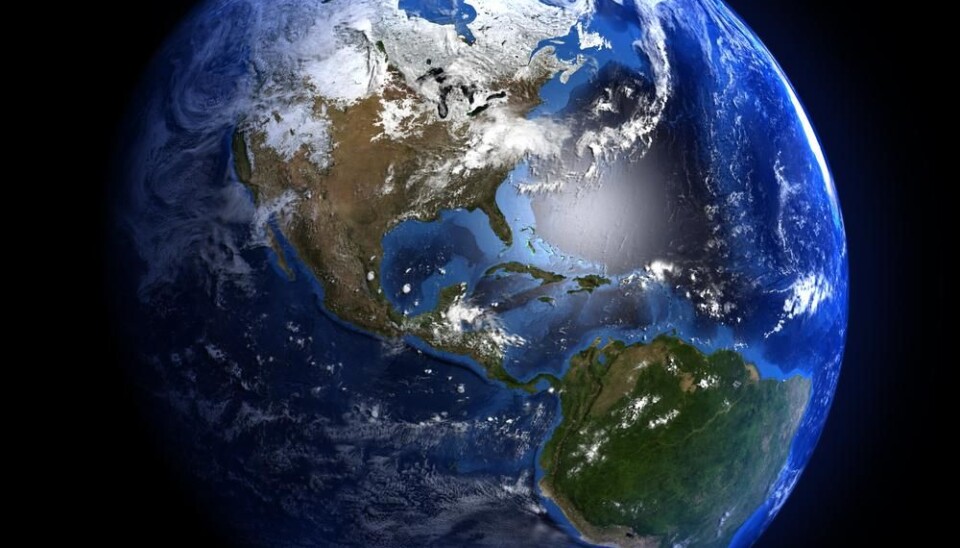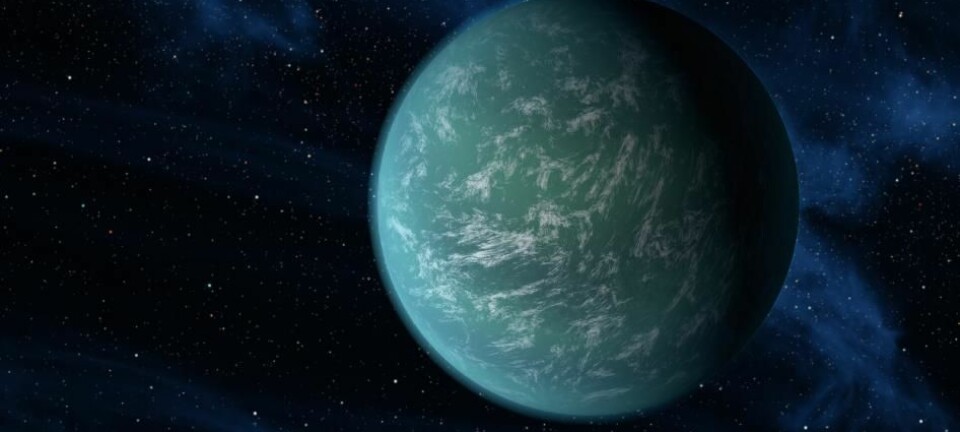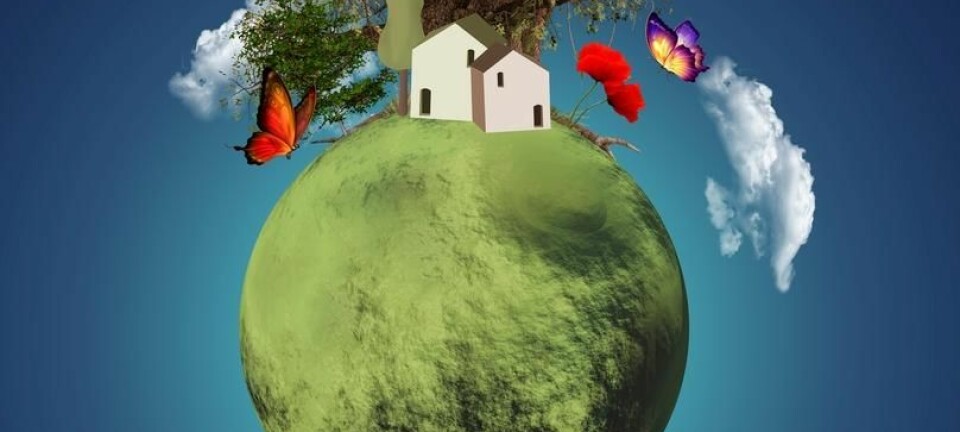
Study: we have pushed Earth beyond its limits
Four out of nine planetary boundaries have already been exceeded.
Scientists have updated a list of nine boundaries where human activities are pushing the Earth beyond what is safe. Four out of nine boundaries have already been surpassed.
If the trend continues there is a risk of the planet’s balance being toppled which would mean that we would have to adapt to an entirely different Earth.
"We actually don't know if civilisation can exist under other conditions than those we have today," says study co-author Professor Catherine Richardson from the Centre for Microecology, Evolution and Climate and the Sustainability Science Centre at the University of Copenhagen.
The study’s findings have been published in Science.
A warning to decision-makers
The scientists' reason for focusing on these nine areas is to give people an overview of the biggest problems we face now and in the future.
The concept, known internationally as 'planetary boundaries', was first described in Nature in 2009.
The purpose of the 2015 Science article is to update the warning to decision-makers of how human activities risk destroying the very basis of our own future.
"We have delivered a product that’s easy to understand and very user-friendly. So it's also much easier for politicians to make direct use of our article as the framework for the decision-making process," says Richardson.
Planetary boundaries provide overview
The new study is met with enthusiasm by Professor Jens-Christian Svenning who studies biodiversity at the Department of Bioscience -- Economic Informatics and Biodiversity at Aarhus University.
He says it’s easy to get lost in all the dire warnings constantly released about the Earth’s future so by focusing on the nine worst it’s easier to get an overview of what needs to be done.
"It’s more effective to draw a line in the sand instead of just saying that we need to cut back or that things must be kept," says Svenning.
Climate and biodiversity critical
Among the four boundaries already surpassed is the climate. The new study claims we already are in the risk zone, since the concentration of CO2 in the atmosphere has exceeded the limit value of 350 ppm (parts per million).
This could lead to temperature changes on Earth that could have consequences for animal and plant life, wind conditions, ocean currents, ocean water levels, etc.
Another boundary is biodiversity, which helps to maintain the balance in the global ecosystem.
Richardson say that if biodiversity were to fall below a certain percentage of what it was originally, it could lead to drastic changes in the potential of agriculture, fisheries, and the conservation of natural areas.
"We have already exceeded the limit value on this count by driving too many species to extinction," says Richardson.
Too little forest left
Land use is the third area which the scientists believe has gone beyond the safety limit.
The Earth needs its forests and other natural areas to be left alone -- and not transformed into cities and farmland.
This means that a certain percentage of Earth's nature must remain in its original state.
The scientists estimate that between 50 and 85 per cent of original forests needs to be preserved, depending on the type of forest.
Nitrogen is the new carbon
Lastly, there’s nitrogen and phosphor circulation which might sound like a purely local problem, but as a matter of fact, it's a global one too.
The Earth can tolerate human emissions of certain quantities of nitrogen and phosphorus.
This applies not only to waste water from farmland that goes into the sea but also emissions into the atmosphere in the form of NO2.
If emissions of nitrogen and phosphorus reach a given level the concentration of these elements could topple the global balance.
Can influence political decisions
Richardson hopes that visualising the limit values can help to jog international political negotiations on the future.
Among other things, the UN's target for sustainability will be launched in September 2015, and in December the world's leaders will be getting together for international climate negotiations.
"It's up to the politicians decide how we administer our limited resources so that society can continue existing tomorrow," says Richardson.
----------
Read the original article in Danish on Videnskab.dk
Translated by: Hugh Matthews









